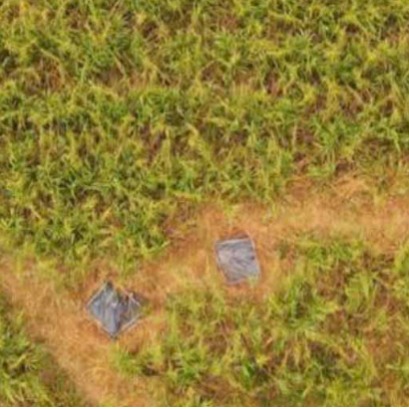
"Kiri" o "Paulownia Tomentosa" o "Árbol Imperial u Emperatriz"
Su madera es libre de nudos, es fácil de trabajar, resiste cuarteaduras y torceduras y pesa tres veces menos que las maderas convencionales.
Resistente al fuego (punto de ignición de 247ºC).
Soporta bien el frío (-17ºC) y el calor (45ºC).
Resistente a condiciones moderadas de sequía una vez desarrollado (1-2 años).
Alta capacidad de absorción de nitrógeno.
Descontaminación de suelos (nitratos, nitritos, arsénico, metales pesados, etc.).
Tiempo de secado muy corto, 20-40 días al aire libre (hasta 12% humedad).
Muy resistente y relativamente libre de enfermedades.
Convive con otras especies
Acepta cultivos intercalados (cereales, pastizales).
Las hojas son más nutritivas que la alfalfa para alimentar a los animales.
Las hojas sirven de forraje o abono (por su alto contenido de nitrógeno), y llegan a medir hasta 1 metro de diámetro, lo cual lo hace un gran recurso ecológico en la lucha contra la contaminación del aire.
Vive hasta 100 años y retoña hasta 5 veces del mismo tronco.
Aumenta la humedad relativa, reduce la evaporación y aumenta la producción de los cultivos de vegetales y granos.
Esto significa que, en comparación con otros árboles, el Kiri "ahorra" agua, pues en una sola temporada de crecimiento puede alcanzar un gran desarrollo, equivalente al de otras especies en varios años.
NIVELES DE RESISTENCIA
Contaminación: Normal
Ambiente marítimo: Normal
Encharcamiento: Normal
Plagas: Pocas
Insolación: Sol o sombra indistintamente
Es el árbol que más rápido crece en el planeta. En ocho años, puede alcanzar el tamaño de un roble de 40. Puede subsistir en suelos y aguas contaminadas, pues purifica los lugares en los que crece. Sus hojas consumen diez por ciento más de dióxido de carbono que las de otros árboles. Por tanto, emiten más oxigeno. También se pueden utilizar para hacer té.

IT MAY INTEREST YOU
 Currents | Las Marías invests 8 million dollars to modernize its sawmill in Virasoro
Currents | Las Marías invests 8 million dollars to modernize its sawmill in Virasoro
The traditional company from Corrientes is moving forward with a million-dollar investment to completely renew its forestry-industrial plant. The new European line, fully automated, will increase productive performance and position the sawmill among the most modern in the country.
 Renovations, construction of houses and extensions made of wood gain speed, comfort and efficiency in the country
Renovations, construction of houses and extensions made of wood gain speed, comfort and efficiency in the country
In private neighborhoods, the Coast, the Coast and Patagonia, the choice of homes with dry works is growing. Speed, low environmental impact and energy savings.
 Vida Silvestre and ArgenINTA promote a national consultancy for the restoration of forest landscapes in Argentina
Vida Silvestre and ArgenINTA promote a national consultancy for the restoration of forest landscapes in Argentina
The Argentine Wildlife Foundation and the ArgenINTA Foundation signed a technical cooperation agreement to begin a consultancy aimed at the Restoration of Forest Landscapes (FPR) in the seven forest regions of the country. The work seeks to generate technical and scientific inputs that guide the design of provincial and national restoration programs, in support of the implementation of Law No. 26,331 on Native Forests.





















